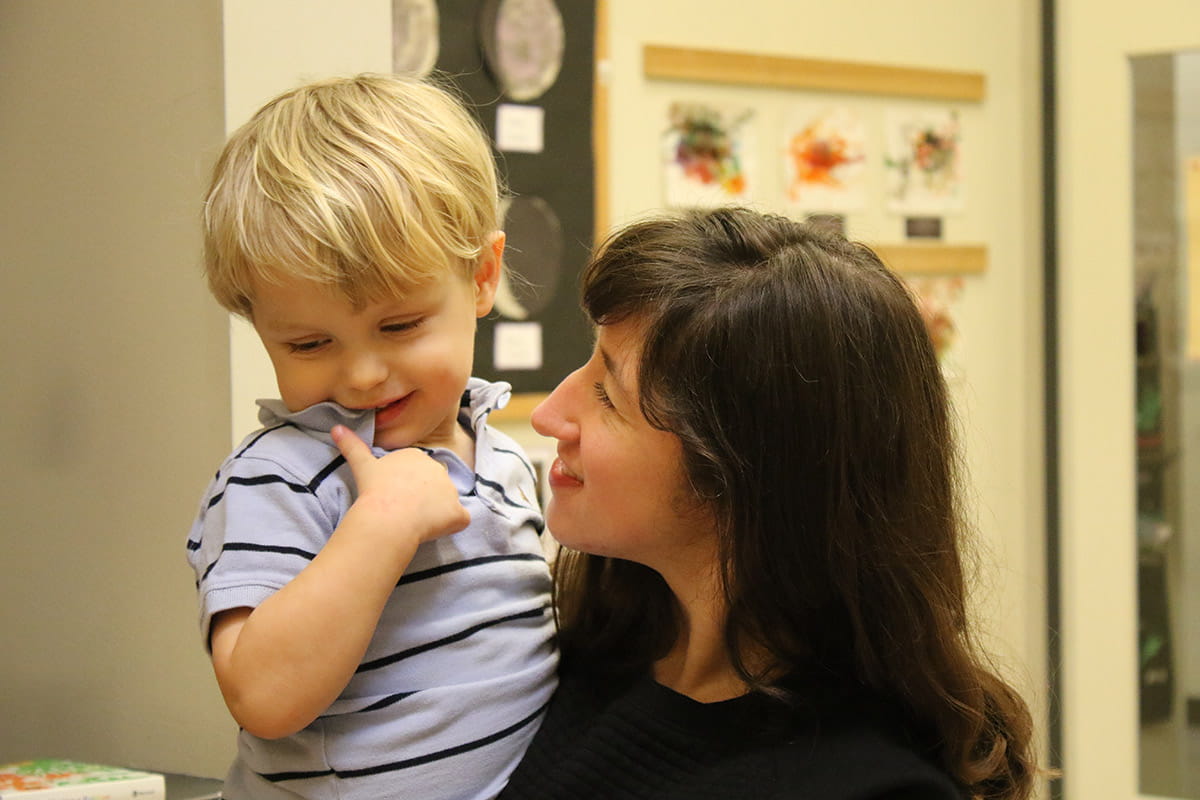7 Lessons from a Potty-Training Legend

Hattie Mae Covington is a veritable toilet learning legend—no wonder when you consider she’s been teaching 2-year-olds for 40 years at a KinderCare in Charlotte, North Carolina. Every day she helps toddlers work toward and achieve this major milestone. Want a little at-home assistance? Here Covington shares her seven real-world strategies for effective (and happy!) potty training:
1) I watch for the potty walk.
Covington looks closely for physical and emotional signs that a child is ready for toilet learning.
Toilet tip: If your child is pulling at her diaper, sneaking off into a corner to poop privately, or has begun to do that telltale potty walk, she may be ready to start learning about using the toilet.
2) We go in a group.
Children often want to do whatever their friends are doing, which can make a classroom setting a great place for toilet learning.
Toilet tip: Encourage your child to follow the out-of-diapers crowd by giving him a chance to observe other children going potty, be it classmates, siblings, or friends’ kiddos. He will learn by example.
3) We go every hour.
Children learn through the repetition and a routine gives them lots of chances to practice. Covington does not expect young children to consistently realize or remember to tell her every time they have to use the bathroom.
Toilet tip: Sticking to a schedule may help your child have more successful trips to the potty. Of course, if your little one says that she needs to go pee-pee in between designated times, by all means, head to the loo!
4) We have fun.
Children enjoy putting paper in and flushing the toilet.
Toilet tip: Turn the whole event into a fun game for toddlers. Start by enthusiastically asking, “What time is it?! It’s potty break time!” And let them lead the way with a dance.
5) We sing a song.
Two-year-olds are often in a hurry to get back to their friends or a favorite activity, so singing slows them down and gives them the extra time they may need to poop.
Toilet tip: Singing helps children stay calm and entertained while they are on the potty. It also signals that potty time is a relaxed moment to connect with mom or dad rather than an unpleasant chore to be rushed or fussed through.
6) I am never hard on a child.
Children develop at their own pace—for a young child, expectations or time limits for potty training will only create unnecessary pressure. If a child isn’t ready to use the toilet, Covington doesn’t force the issue; she simply continues offering the chance to practice. “We just try—and most of the time we have success,” she says.
Toilet tip: Take the pressure off of your child (and yourself!) by thinking of a trip to the toilet is a “try,” not a pop quiz on potty proficiency. And remember that accidents are a normal part of learning.
7) Encouragement is the real motivator.
In Covington ’s classroom, every “try” is celebrated, and success brings hand-clapping and Covington ’s coveted high fives.
Toilet tip: Trust that your child will develop in her own time and share in her pride with every success. “They are so proud of themselves when they do it,” Covington says. “If they can go, they will.”
Want to read more? Check out our guide to positive potty practices!





